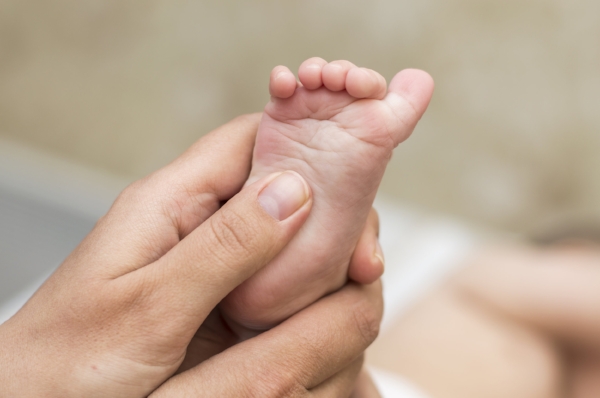Reflex Integration Therapy
Reflexes are essential for survival and serve a protective and developmental function. When we first come into the world, we move in reflexive movement patterns. As we grow, we develop more refined movement patterns. Our reflexes integrate. They help us get to that next developmental level.
Reflexes are very important to us. We initially need these reflexes. They help us develop physically, cognitively, and emotionally. They are there for that part of our development and then they go away.
Some children retain these reflexes. They have not gone away. The retention of primitive reflexes can impair a child’s ability to progress in various areas of development. By helping a child to integrate some of these primitive reflexes, we can help child grow.
The Importance of Crawling
You may have heard that crawling is so important for children, but why is that? There are many reasons why crawling is important for our development: we push up from the ground and development shoulder stability which is important for fine motor skills. We develop greater core strength during this time. We also integrate various primitive reflexes during the crawling stage. The integration of these reflexes lead to important development later on. For example, Symmetrical Tonic Neck Reflex or STNR begins to integrate during the stage. The child will rock on all fours. They will look at objects far away and near while crawling. These early skills and the integration of STNR relates to later skills such as copying from the board in school or challenges with depth perception
Let’s take a look a little further at one of our reflexes!
The Babinski Reflex
What is it?
The babinski reflex is activated with touch input to certain areas of the foot. You will see the big toe rise up while the other toes will fan out and down.
How does it help us develop?
Supports crawling and prepares the infant to stand. Important for balance and gross motor skills
When does it go away?
Typically, you will see this reflex integrate (or go away) between the first and second year of life.
Why should we integrate the reflex?
A retained babinski reflex can lead to difficulties with sense of grounding and stability, poor balance, poor bilateral integration, gross motor coordination, and timidity
How do we integrate the babinski reflex?
Specifics to be discussed with a therapist trained in reflex integration. Exercises may involve various passive movement of the foot into the reflex along with more active exercises such as walking on the sides of your feet.
Content on the Babinski Reflex was taken from Masgutova Neurosensorimotor Reflex Integrative group with permission. More information from MNRI can be found at their website: https://masgutovamethod.com

